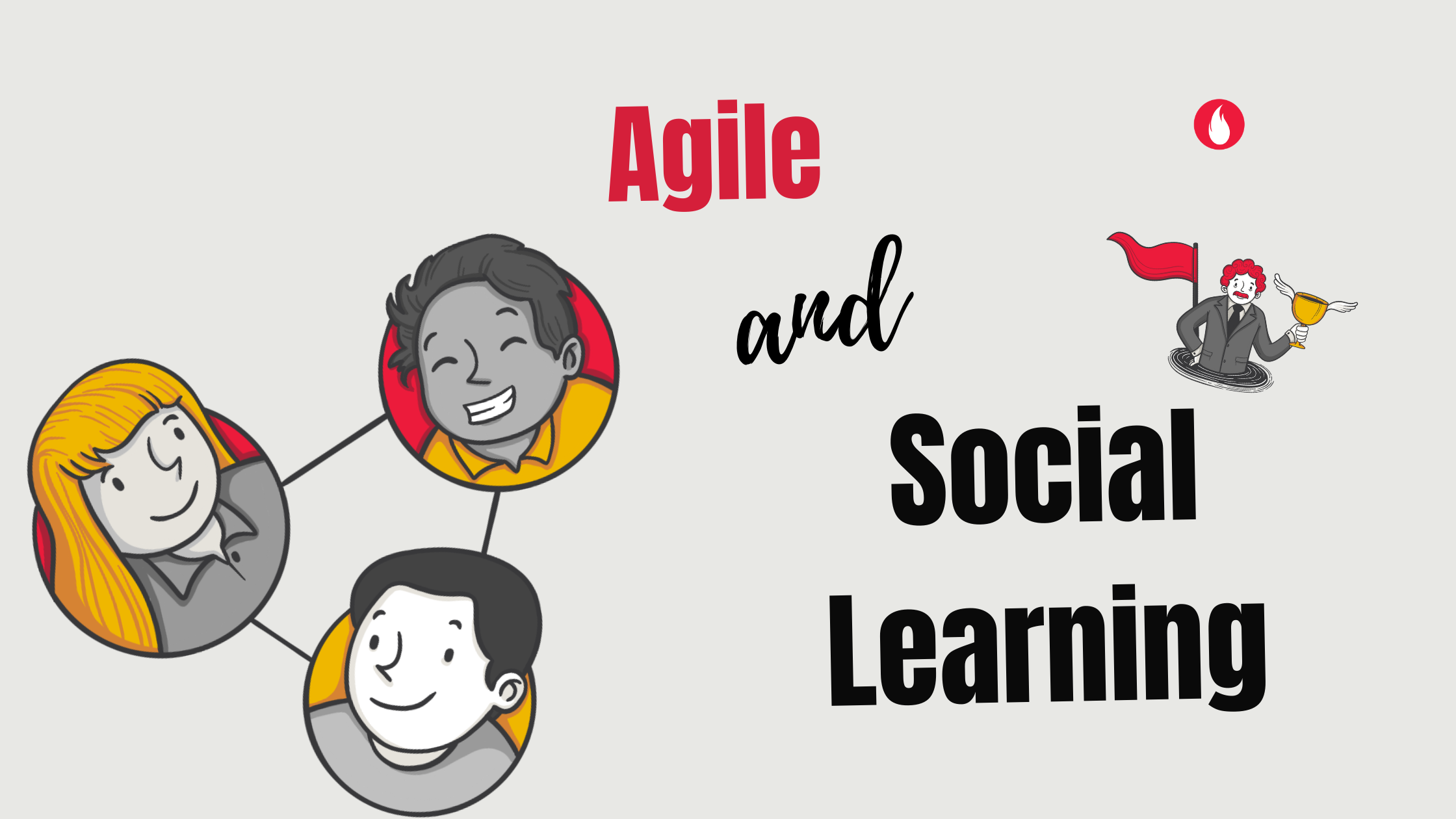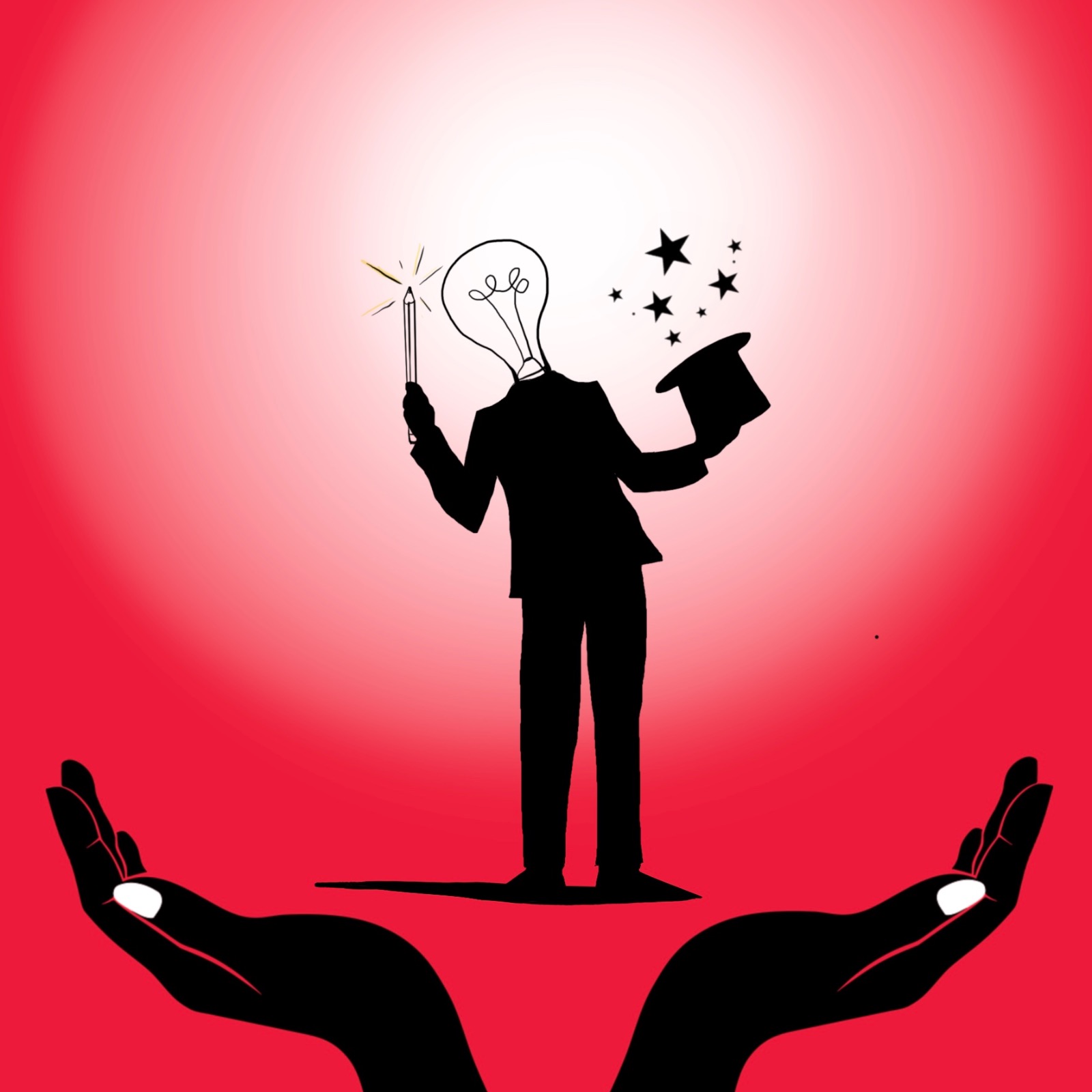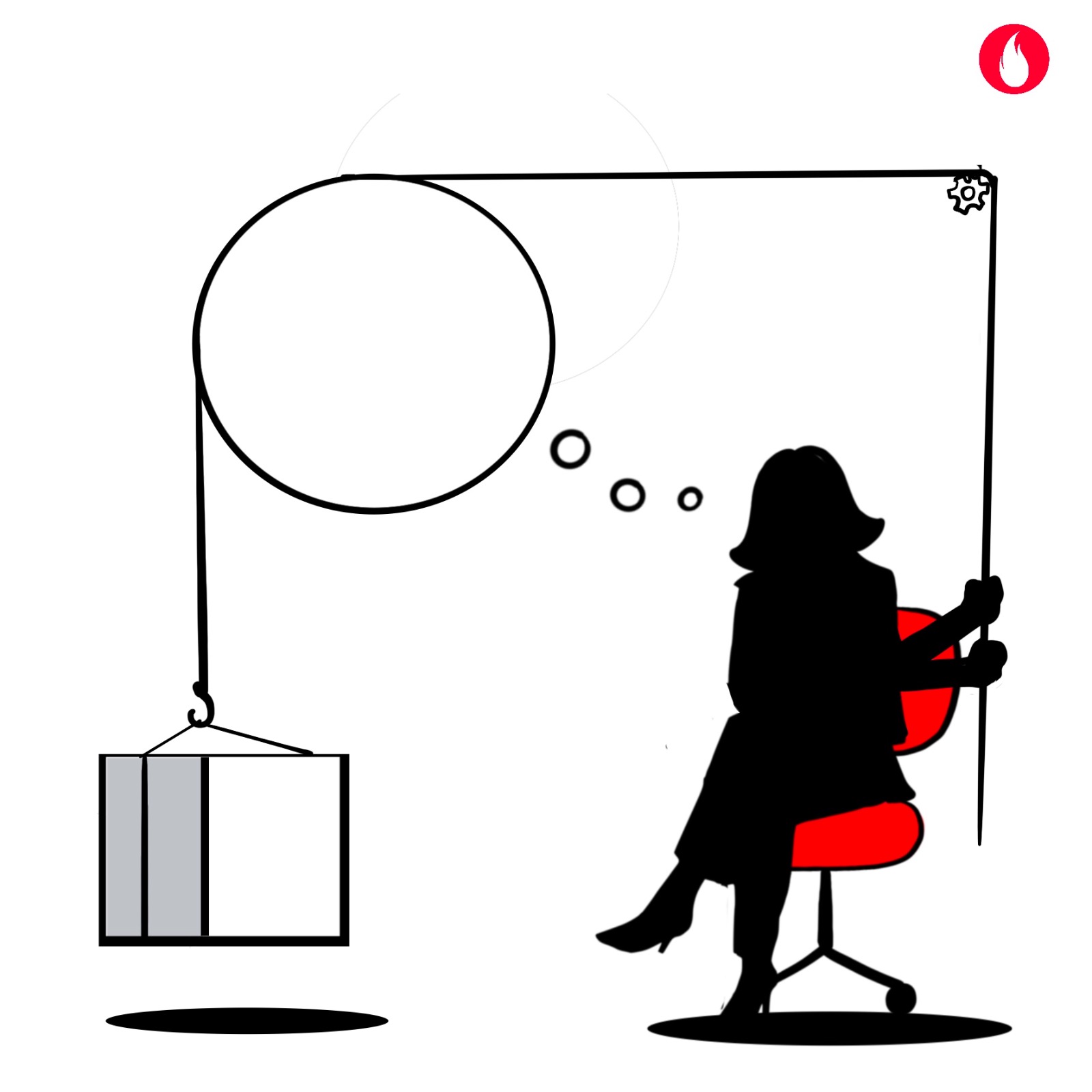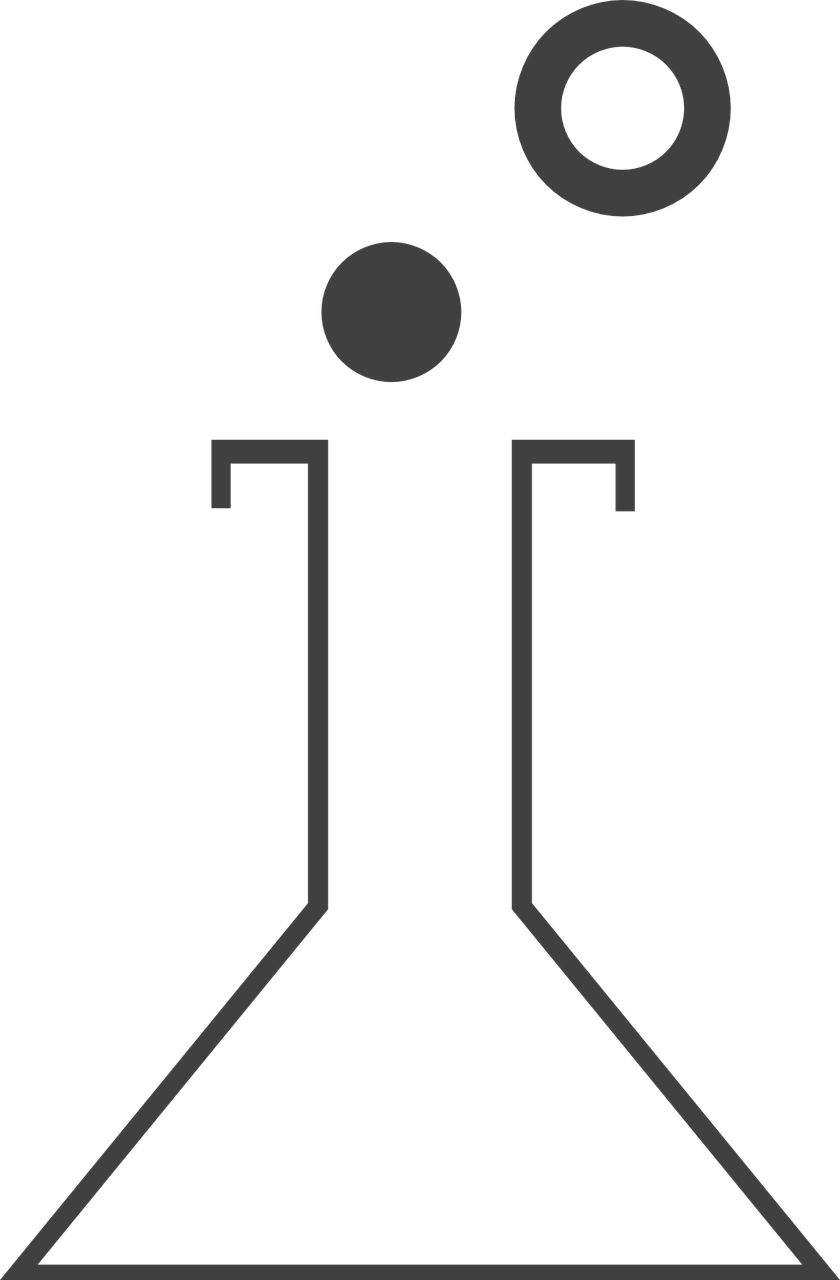Have you noticed that when you are in a new place, you instinctively look around and observe? You take in cues and make decisions on how to behave from the social setting. It is so natural to us humans that at times we don’t even realise that it is also how we learn. Now compare that to how you learn at work. You have training programs, more programs and more programs. But there is much learning happening by observation and getting the ‘smell of the place’ as Sumantra Ghosal said. So, what else can organisations do to help people learn and more importantly change? Could Agile methodologies help group learning and change? Let’s explore this theme of group learning and agile through the lens of science and learning theories. This edition we take a closer look at Albert Bandura’s social learning theory and Agile.
So, what do we know so far?
Let’s talk research here. What do we know for sure so far?
We know that humans learn best through observation and doing things. The most recent research credits the secret of our success as a species to our ability to learn from each other socially.
We also know, thanks to research that learners need to take an active interest for learning to happen. This active involvement means more than just listening. It means a higher level of thinking – through action, analysis, evaluation and synthesis. In other words, do things and think about the action!
If we visualised the above research, it would look something like this. (Simplified for ease of understanding, many other variables will impact learning and change).
Observations & Interactions + Extracting meaning and making decisions = Learning and change.
This visualisation brings to mind in some ways the Social learning Theory by Albert Bandura. We see this theory play out in our lives in many ways, without realising it. Think of a how a baby learns. Or how a new hire in an organisation really assimilates (between induction sessions and forms!).
So, what is the Social learning theory?
Albert Bandura first proposed the Social Learning Theory in 1963. He refined it further in 1977. Albert Bandura made a departure from the existing thought process of those times. He stated that learning is not just a function of rewards and reinforcements. According to him learning is a cognitive process that takes place in social context.
The theory clarifies that humans are active information processors. Humans don’t simply imitate or respond to rewards. They process the information and then choose actions. The action is impacted by three broad factors – Environment, Self-efficacy and knowledge.
Social Learning theory and Agile?
Did you notice the Agile manifesto calls out Individuals and ‘Interactions’ over processes and tools? Clearly Agile believes that all business outcomes and learnings result from our interactions, from the organisation’s social contexts.
Here are a few ways that Agile mindset and methodologies align and borrow from the social learning theory:
| Social Learning Theory | Agile Methodologies |
| Learning is a cognitive process that takes place in social context. | Agile places emphasis on interactions and iterations to achieve exemplary business outcomes and learning for teams. |
| Learning is an active process. Individuals observe, draw meaning from their observations and then decide on their actions. | Agile helps teams take an active role in doing things and reflecting on their actions. This cycle creates learning and thereby change for teams. |
| The learner and the environment impact and influence each other. | Agile ways of working means that team members learn as per the needs of the project. And each person’s contributions impact the project and what they can take on in the next sprint. |
Agile and group learning
The effectiveness of Agile methodologies comes from its ability to place two critical levers at the centre of work. Teams or groups and Learning. A project team is the smallest unit in organisations today. An effective team can punch far above its weight in achieving and surpassing organisation expectations. The way the team does so, is by its ability to reflect and learn. This social context and environment thus become a critical ingredient for learning, change and meeting business outcomes.
Agile helps us weave in group learning into the ways of working in teams and organisations. Thus agile methodologies help us tap into the power of groups in achieving business outcomes, all through the research backed concept of social learning. A powerful combination!
Apart from one story which captures the human centric change in the world of Agile, the Agile OWL brings to you every fortnight, the latest reads, books, personalities, and quote from the world of Agile and its methodologies. Stuff that caught our attention. This is edition 39 and we carry seven useful links for you. Tell us what you thought of them.

From social media:
- This is a useful for all our non-tech readers out there. How to excel in tech without code.
- We have seen many transformations fall apart due to similar patterns. Almost always visible but not spotted or acted upon. Here is a useful read which captures many of these patterns in one place.
From the bookshelf:
- Here is a read on problem-based learning, Experience and Education, by Albert Bandura. The creator of social learning almost talks agile here!
From the tool box:
- Seven models of team work is our tool box offering for this edition. Please check it out here.
#AgileQuotes to sign off:
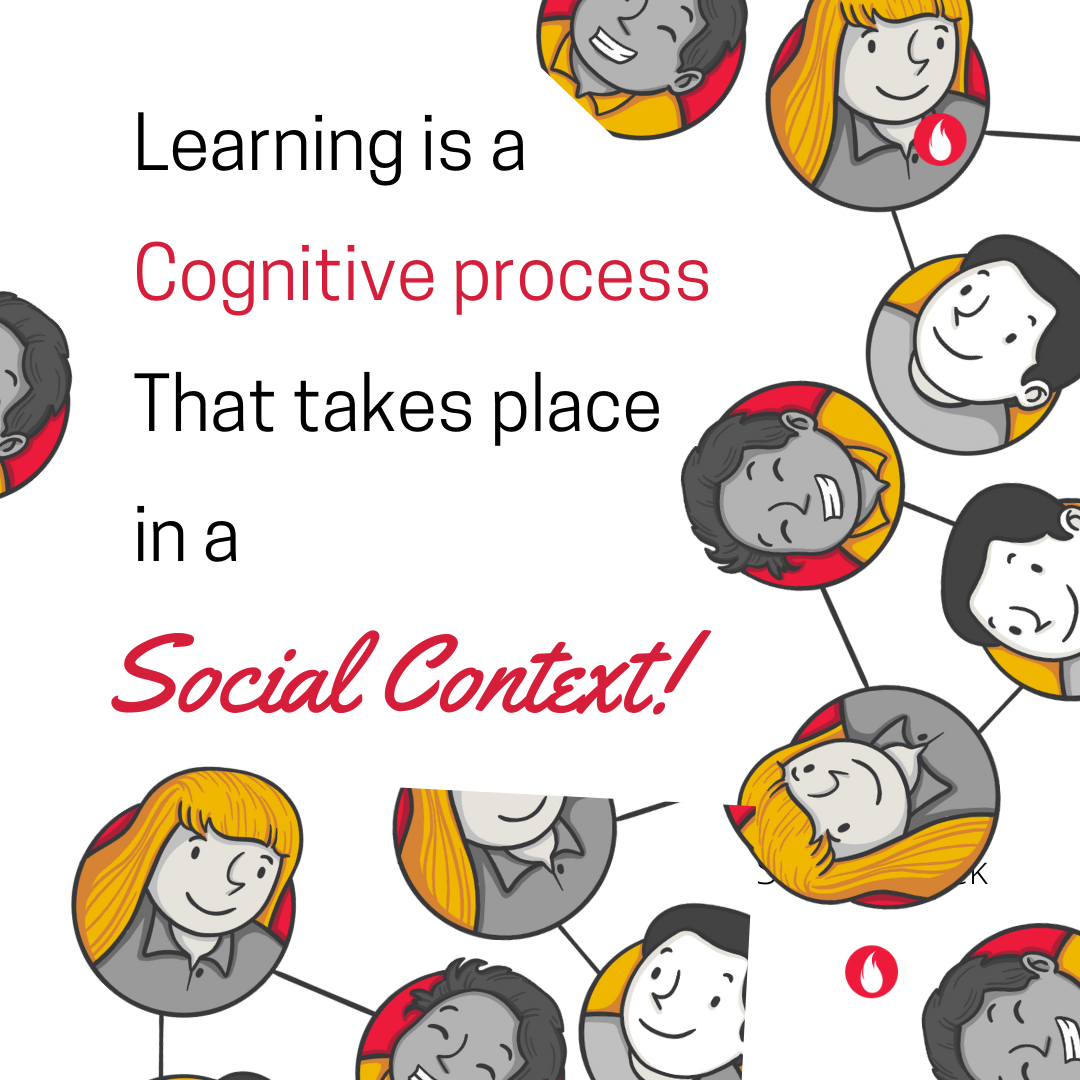
Note : This post is Edition 41 of the Agile OWL from the OWL umbrella. The Agile OWL is a newsletter focused on the human experiences and stories within agile transformations. Sign up to receive the newsletter here
